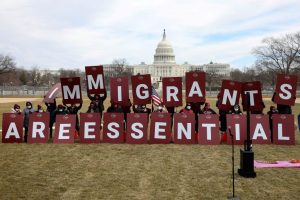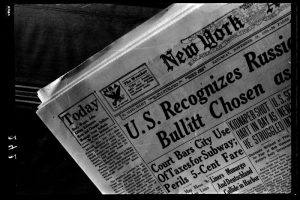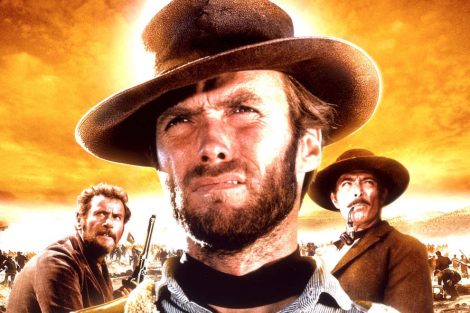Territorial expression of a millenarian civilization, Mexico is a country with a particular fascination for the dramatic. Death has always been a central element in the life of a people plagued by contradictions, problems and a deep love for their national identity. Fifty years away, the massacre of students on October 2, 1968, continues to be a profound symbol in the social fabric of this nation.
Some in wheelchairs, the most daring in walkers, many of those student leaders who half a century ago were part of the Mexican version of that social movement that shook much of the world, will take to the streets of Mexico City this Sunday, October 2
What happened in the Plaza de Tlatelolco on the evening of that day 50 years ago was, at that time, practically unknown to most of the population and deliberately hidden by the media and the government.
The murder, imprisonment and torture of hundreds of students, one of the sectors most benefited by the political system that followed the Mexican Revolution, is a turning point in the relationship between an authoritarian state and a society civil thirsty for democracy and justice.
Mexico 68 was, at the time, the label of the Olympic Games of that year, a great celebration with which the country supposedly would shine globally. Sign of their time those Olympics went down in history by the fists held high, the black power, of two American athletes and Mexico 68 was, is, one of the last great expressions of a nation bloodied by the criminal violence of its own authorities.
Half a century later, on the eve of the coming to power of a political project that is said to be leftist, the student massacre of October 2, 1968, continues to be a profound mark in Mexican social fabric.
If young Mexican university students of the 60’s were, almost by definition, children of privilege and social mobility, the young people of the following decades were the result of huge economic crises, stagnation and social decomposition.
Both the abrupt awakening of citizen solidarity in the capital of the country, before the tragedy of the earthquake of 1985, and the emergence of civic-electoral uprisings in Chihuahua, the student movement of the UNAM of 1986-87 the consequences of the first great attempt of transformation of the PRI – the presidential candidacy of Cuauhtémoc Cárdenas of 1988 -, and even his own arrival to the government of Mexico City in 1997, are phenomena that always had their starting point in the idea that everything began on October 2, 1968.
Without worrying too much about the fact that who first managed to get the PRI out of Los Pinos was a former manager of Coca Cola and not a social activist, without taking care of the weight that the technological revolutions of the world have had on the economic life of the world. In recent decades, in the collective imagination of large sectors of the country’s enlightened middle class, the deep wound of 68 continues to occupy a special place in their minds and hearts.
After all, in a country where just under half of the population lives in conditions of poverty, with levels of economic inequality of the most extreme globally, with a neighboring country led by a character who profits from insult and rejection of Mexicans, it should not be a great surprise, to quote a classic, that “we are a people who imagine their future looking towards the past”.
In 2018, in a country where more than 80 percent of the population had not been born that infamous October 2, 1968, the commemoration of that date remains an important breakpoint for millions of people.










